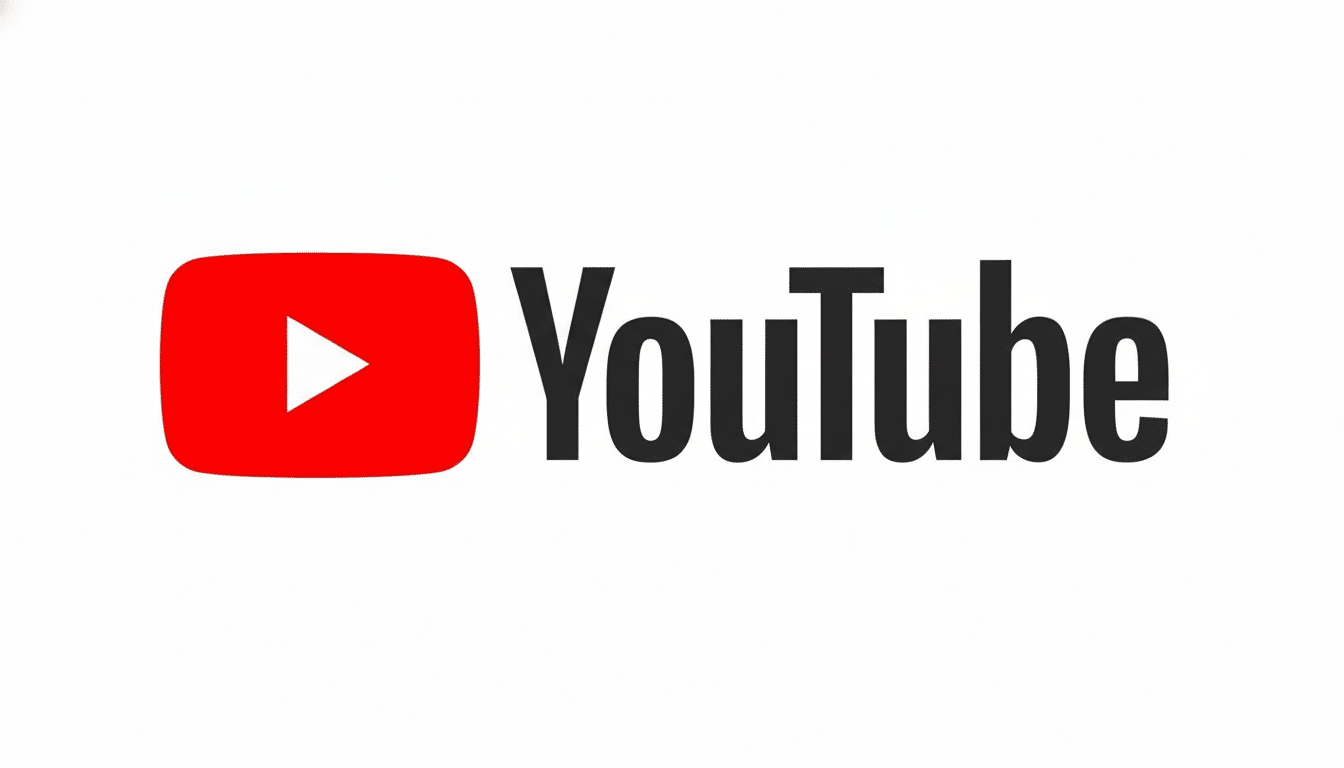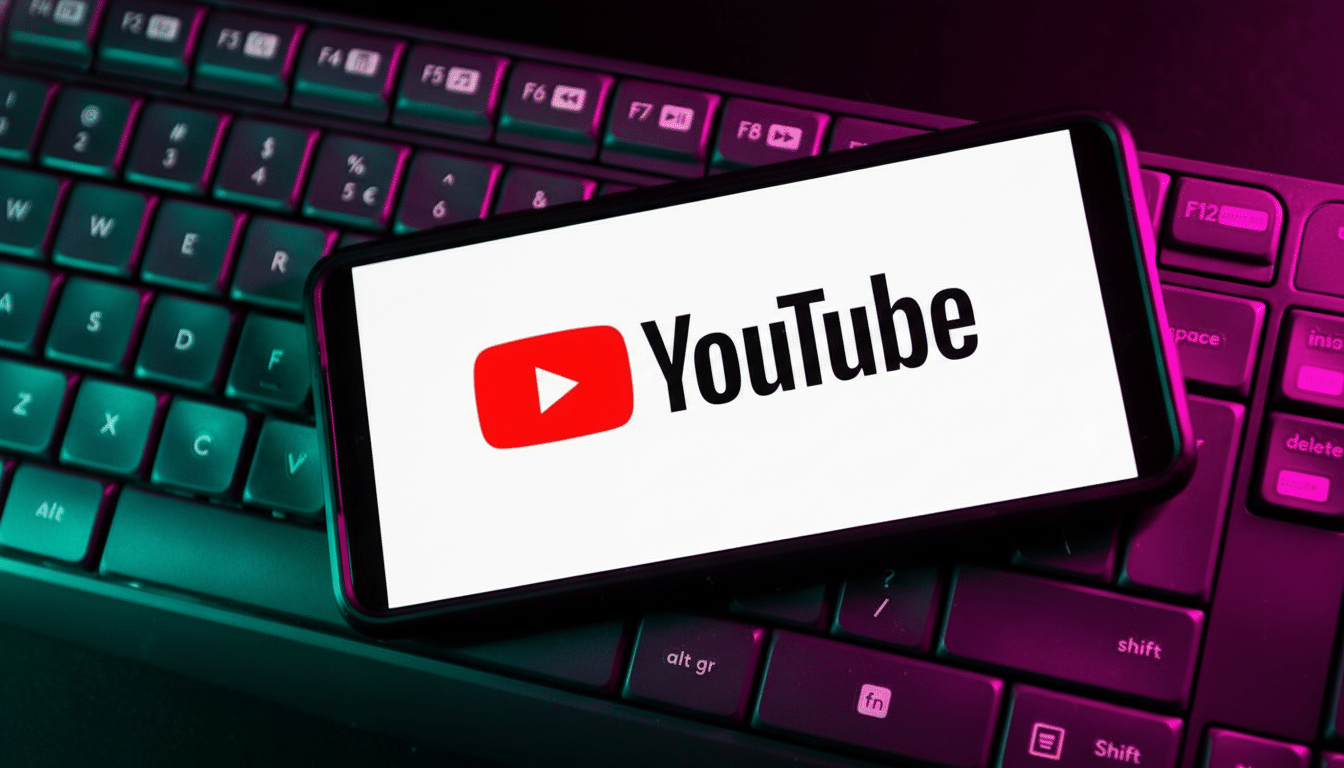YouTube is testing a way for some permanently banned users to appeal and return, marking a change from its previous policy. The platform will require former channel owners to apply for a fresh start, without migration of pre-existing content or subscribers, and only after some period has passed. If monetization is sought at a later time, approval must be obtained separately.
What YouTube’s Pilot Program Actually Is
The company said a small group of eligible creators will see a notification for “Create new channel” when signing into YouTube Studio. This is not a restoration of the old channel; it is to create a new channel with new everything. Think reset, not rollback: prior videos, strikes, and subscriber lists do not carry over.

Time and conduct matter for eligibility. It must be at least one year since termination. Appeals would have already been exhausted or upheld. “While this has historically confirmed the decision to remove the video, today half of all appeals result in videos being reinstated, and now there is a way back for creators,” Read said.
Not everyone qualifies. The company is weighing the severity and recency of past violations and whether on- or off-platform behavior caused, or could have caused, harm in the community. Accounts removed for copyright violations do not qualify for the program. Even if a new channel is determined eligible, you will need to reapply to the YouTube Partner Program in accordance with this policy once again.
Why YouTube’s policy on banned creators is changing now
The move comes amid increasing scrutiny of platform moderation. YouTube has been accused of having come under withering political pressure from governments to police pandemic misinformation more aggressively, and a House Judiciary Committee inquiry had sought to determine whether moderation was selectively targeting certain ideologies. A review of permanent bans sends a message that the accounts are likely to be reinstated, at least temporarily, and policy will once again veer toward process, not politics.
And there is a business calculus as well. The company says that over 3 million creators now take part in its program to monetize videos and the members collectively made tens of billions of dollars over the past few years. The platform has also relaxed some standards around profanity, while clamping down on spammy, AI-generated video farms. Taken together, these changes are an attempt to strike a balance between growth, advertiser safety and trust.
The Stakes For Misinformation And Extremism
Reinstatements pose real risks if enforcement lags. Research teams have documented profitable misinformation ecosystems on YouTube. According to the Center for Countering Digital Hate, popular climate denial channels alone can bring in about $13 million a year in advertising revenue, showing how fringe narratives can monetize on a grand scale.

Analysts also say such high-profile figures can help mold political attitudes among young men. Some critics fear a move back to it could re-amplify actors that managed to skirt rules before. Supporters argue that rehabilitation is a better move than banishment, which can drive audiences to less-moderated platforms where the hateful material cited is allowed to fester.
How success will be measured in YouTube’s pilot
YouTube has not outlined a formal probation system, though certain warning signs are apparent:
- Recidivism among reinstated channels
- The speed and consistency of enforcement regarding repeat violations
- The number of advertiser brand-safety crises
Clear, evenly administered rules of the strike system will decide whether “second chance” translates into accountability or amnesty.
For creators, re-upping without legacy subscribers reduces the potential reach from day one but provides legitimacy — and a path to an audience of more than 2 billion logged-in monthly users. For brands, contextual targeting, whitelists and third-party verification will still be vital in the event that such polarizing figures return to the ecosystem.
What to watch next as YouTube rolls out the pilot
Look for a trickle, not a flood. YouTube has characterized its effort as tightly controlled and reversible, with eligibility reviewed on a case-by-case basis. Clear disclosures when creators who have previously been banned are reintegrated, as well as visible labels for synthetic or AI-meddled media, would go a long way toward restoring trust.
The pilot tests a delicate thesis in platform governance: that accountability and reintegration are not mutually exclusive. “If YouTube can marry a way to return with predictable enforcement and advertiser-safe guardrails, the ‘second chance’ model of moderation could become policy. If not, the fervor will begin anew — and more loudly.”

